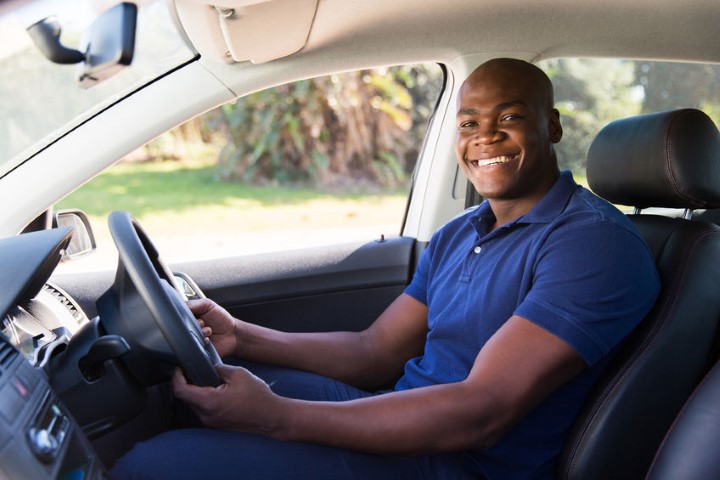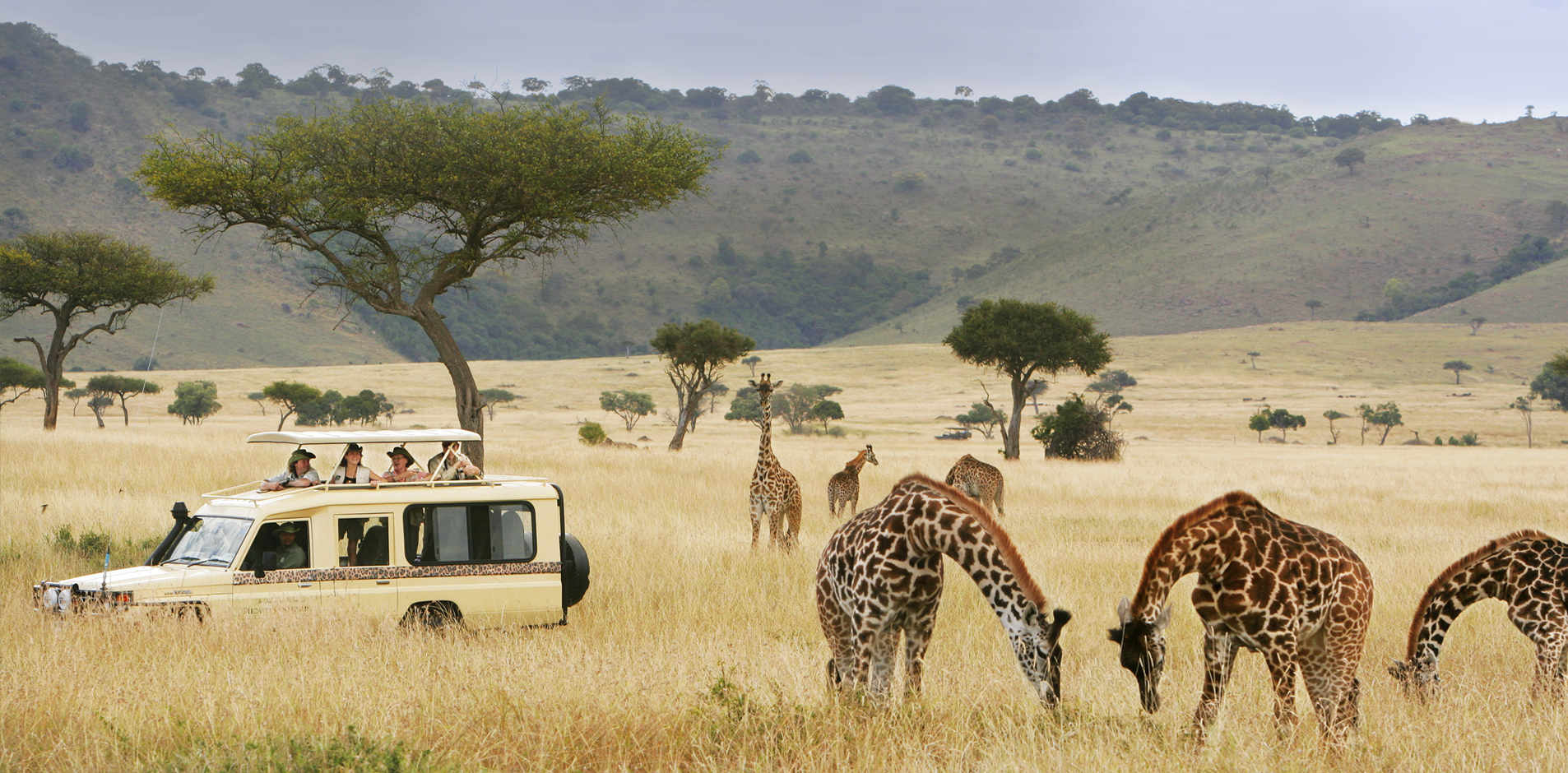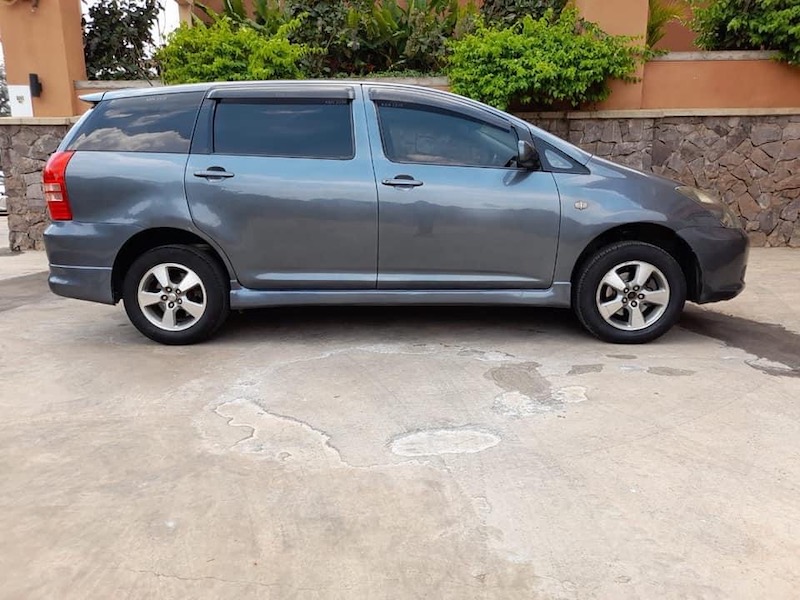
Navigating Uganda with Google Maps on a self-drive safari is a convenient and reliable way to explore the country’s diverse landscapes, national parks, and remote destinations. However, it’s essential to prepare adequately and understand the limitations of using digital maps in Uganda. Here’s a guide to help you make the most of Google Maps during your self-drive adventure:

1. Download Offline Maps
Why It’s Important: Internet connectivity can be unreliable, especially in remote areas like national parks and rural regions.
How to Do It
Open Google Maps and search for the area you’ll be visiting (e.g., Kampala, Queen Elizabeth National Park).
Tap the menu button (three horizontal lines) and select “Offline Maps.”
Choose “Select Your Own Map” and adjust the area you want to download.
Tap “Download” to save the map for offline use.
Tip: Download maps for all major cities, national parks, and routes you plan to travel.
2. Plan Your Route in Advance
Research Roads: Some roads in Uganda, especially in rural areas, may not be well-maintained or accurately mapped. Use Google Maps to identify major highways and paved roads.
Check Travel Times: Google Maps provides estimated travel times, but factor in extra time for unexpected delays like traffic, road conditions, or wildlife crossings.
Save Key Locations: Save important destinations, such as your hotel, national park gates, fuel stations, and restaurants, for easy access.
3. Use GPS Navigation
Turn on GPS: Ensure your phone’s GPS is enabled for accurate navigation, even without an internet connection.
Follow Directions: Google Maps provides turn-by-turn directions, but always stay alert and watch for road signs, especially in areas with poor network coverage.
Alternative Routes: Be prepared for detours or road closures, especially during the rainy season when some roads may become impassable.
4. Be Aware of Limitations
Inaccurate Maps: Some rural or remote areas may not be accurately mapped. Cross-check with local advice or physical maps if needed.
No Real-Time Updates: Offline maps won’t provide real-time traffic updates or road conditions.
Battery Life: Using GPS can drain your phone’s battery quickly. Carry a portable charger or power bank.
5. Prepare for Remote Areas
Carry a Physical Map: As a backup, bring a detailed physical map of Uganda, especially if you’re visiting remote national parks like Kidepo Valley or Bwindi Impenetrable Forest.
Ask Locals for Directions: In rural areas, locals can provide valuable guidance if you’re unsure of the route.
Mark Key Landmarks: Use Google Maps to mark landmarks like ranger stations, lodges, or fuel stations in remote areas.
6. Stay Connected
Local SIM Card: Purchase a local SIM card with data (MTN, Airtel, or Africell are popular providers) for better connectivity in urban areas.
Portable Wi-Fi: Consider renting a portable Wi-Fi device for consistent internet access during your trip.
7. Safety Tips
Avoid Night Driving: Roads in Uganda can be poorly lit, and wildlife may cross unexpectedly. Plan to reach your destination before dark.
Drive Cautiously: Be mindful of potholes, speed bumps, and unpredictable drivers, especially in cities like Kampala.
Emergency Contacts: Save emergency numbers (e.g., police: 999/112, rental company, and your embassy) on your phone.
8. Popular Routes to Explore with Google Maps
Kampala to Jinja: A scenic drive to the source of the Nile, approximately 2-3 hours.
Kampala to Queen Elizabeth National Park: About 6-7 hours, with stunning views of the Rwenzori Mountains.
Kampala to Murchison Falls National Park: A 5-6-hour drive through lush landscapes.
Kampala to Bwindi Impenetrable Forest: Approximately 8-10 hours, with breathtaking views of the Virunga Mountains.
9. Additional Tools to Complement Google Maps
Maps.me: An alternative offline mapping app that works well in remote areas.
Waze: Useful for real-time traffic updates in urban areas like Kampala and Entebbe.
GPS Devices: Consider renting a GPS device if you’re traveling extensively in remote regions.
10. Final Tips
Test Your Setup: Before your trip, test Google Maps and offline features to ensure everything works smoothly.
Stay Flexible: Be prepared for changes in your route due to road conditions or unexpected delays.
Enjoy the Journey: While navigation is important, don’t forget to enjoy the stunning scenery and unique experiences Uganda has to offer.
Conclusion
Navigating Uganda with Google Maps on a self-drive safari is a practical and efficient way to explore the country’s breathtaking landscapes, vibrant cities, and remote national parks. By downloading offline maps, planning your routes in advance, and staying prepared for connectivity challenges, you can ensure a smooth and stress-free journey. While Google Maps is a powerful tool, it’s essential to complement it with local knowledge, physical maps, and a flexible mindset to handle unexpected road conditions or detours. With the right preparation and a sense of adventure, your self-drive safari in Uganda will be an unforgettable experience. Safe travels and happy exploring.
To book a car rental service in Uganda with Supereme car rentals, simply contact us now by sending an email to info@supremecarrentaluganda.com or call us now on +256-742874045 to speak with our reservations team.

